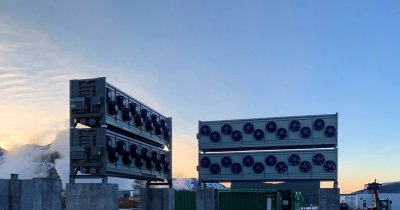As per ESG Today, this is to demonstrate the viability of the technology in the context of the energy transition and emissions-reduction and the projects are located in California, North Dakota and Texas. They are said to have a carbon-reduction potential of 7.75 million tons of CO2 emissions.
The program is being funded by the Bipartisan Infrastructure Law, which will offer about 6.5 billion USD over the next five years to projects that prove they can cut US' carbon footprint.
Officials at OCED said that "DOE estimates that reaching President Biden’s ambitious plan for a net-zero emissions economy will require capturing and storing between 400 million and 1.8 billion metric tons of CO2 from emissions sources annually by 2050. Selected projects, once completed, will help reduce emissions from the power sector, which accounts for more than a quarter of U.S. carbon emissions."
Baytown CCS project, estimated to have a carbon capture capacity of around 2 million metric tons of CO2 per year, will be awarded up to 270 million USD, while Project Tundra, in North Dakota, might receive up to 350 million for its 4 million tons of CO2 reduction potential. Lastly, Sutter Decarbonization Project in California could receive up to 270 million USD to remove around 1.75 million tons of emissions per year.
 Mihai - Cristian Ioniță
Mihai - Cristian Ioniță












Any thoughts?